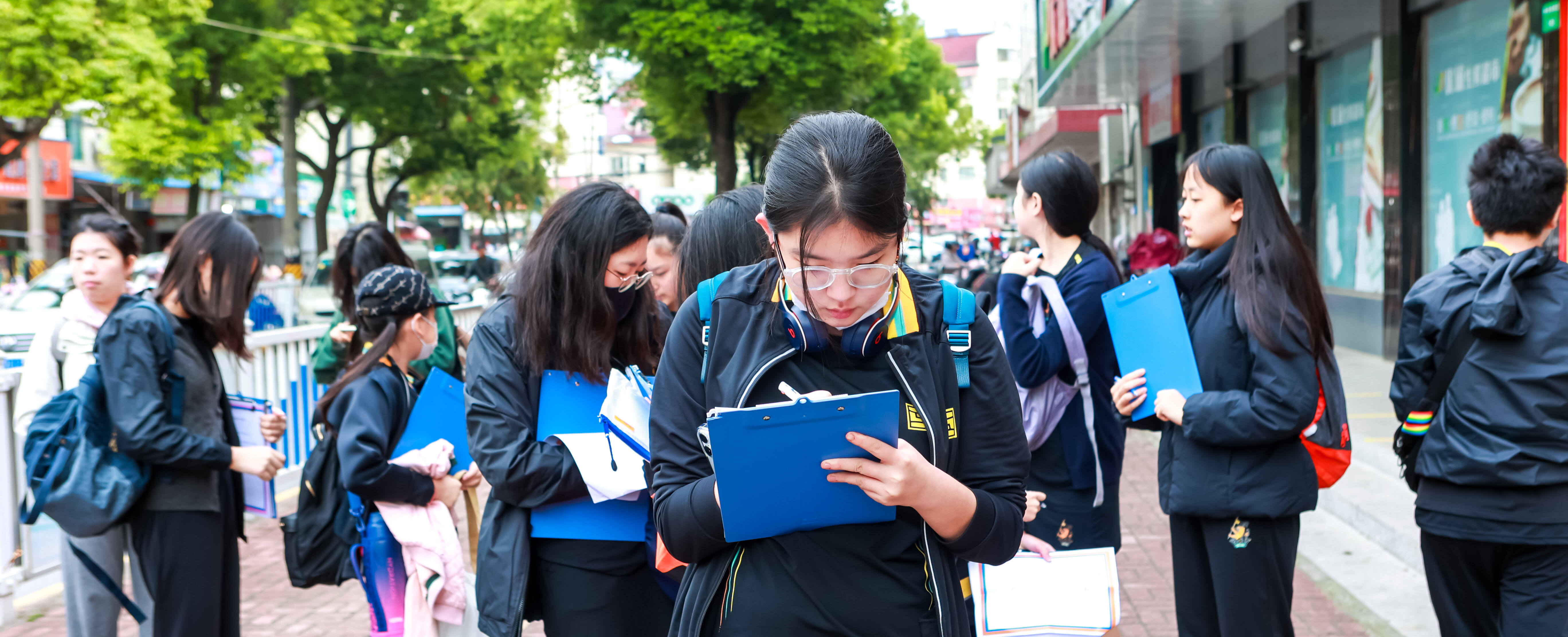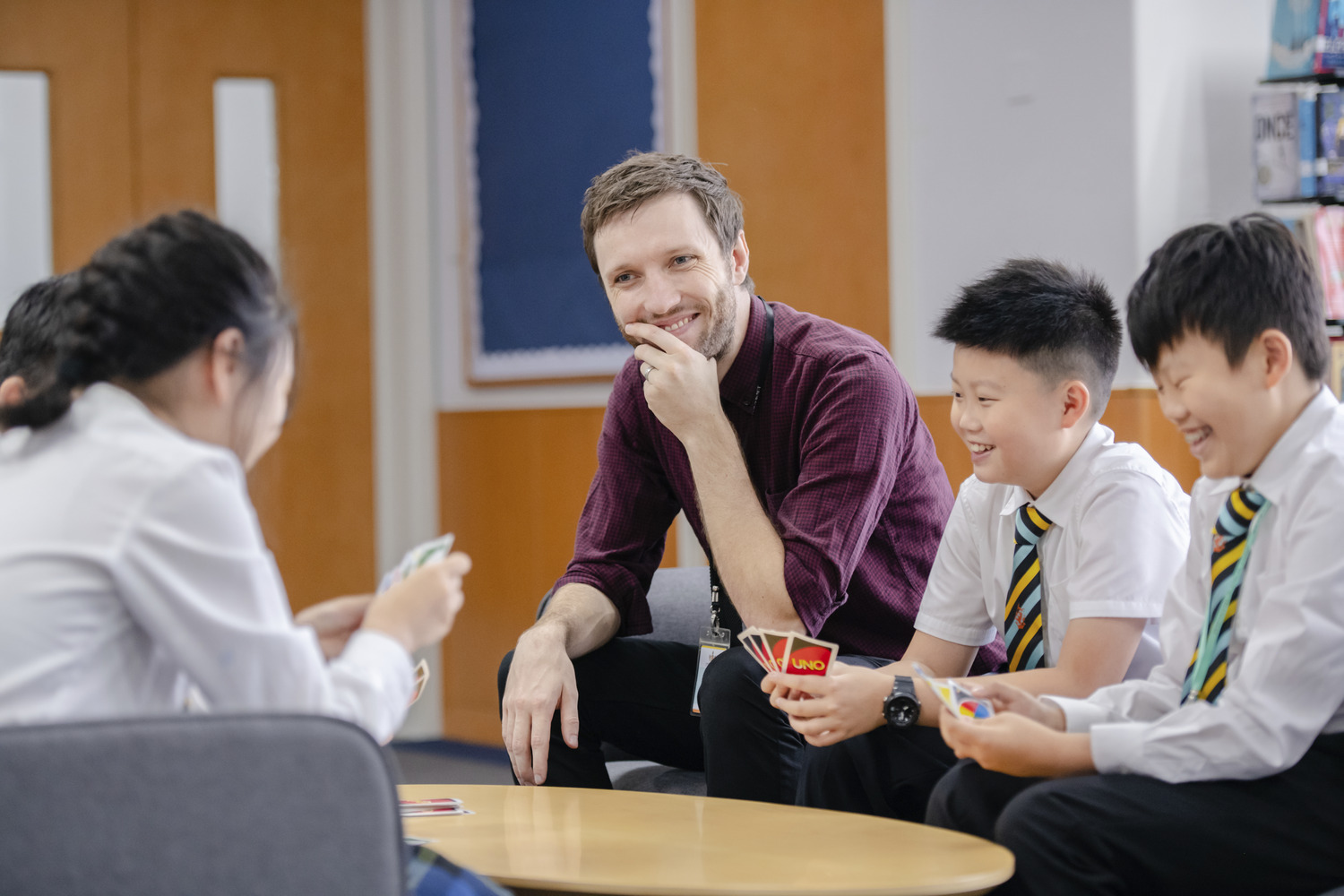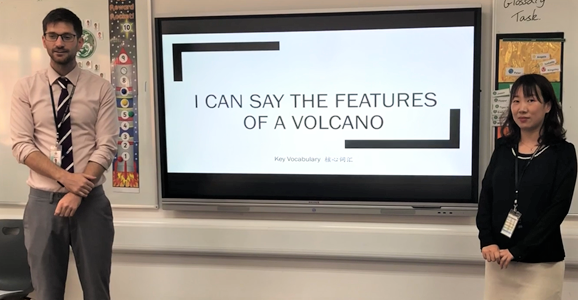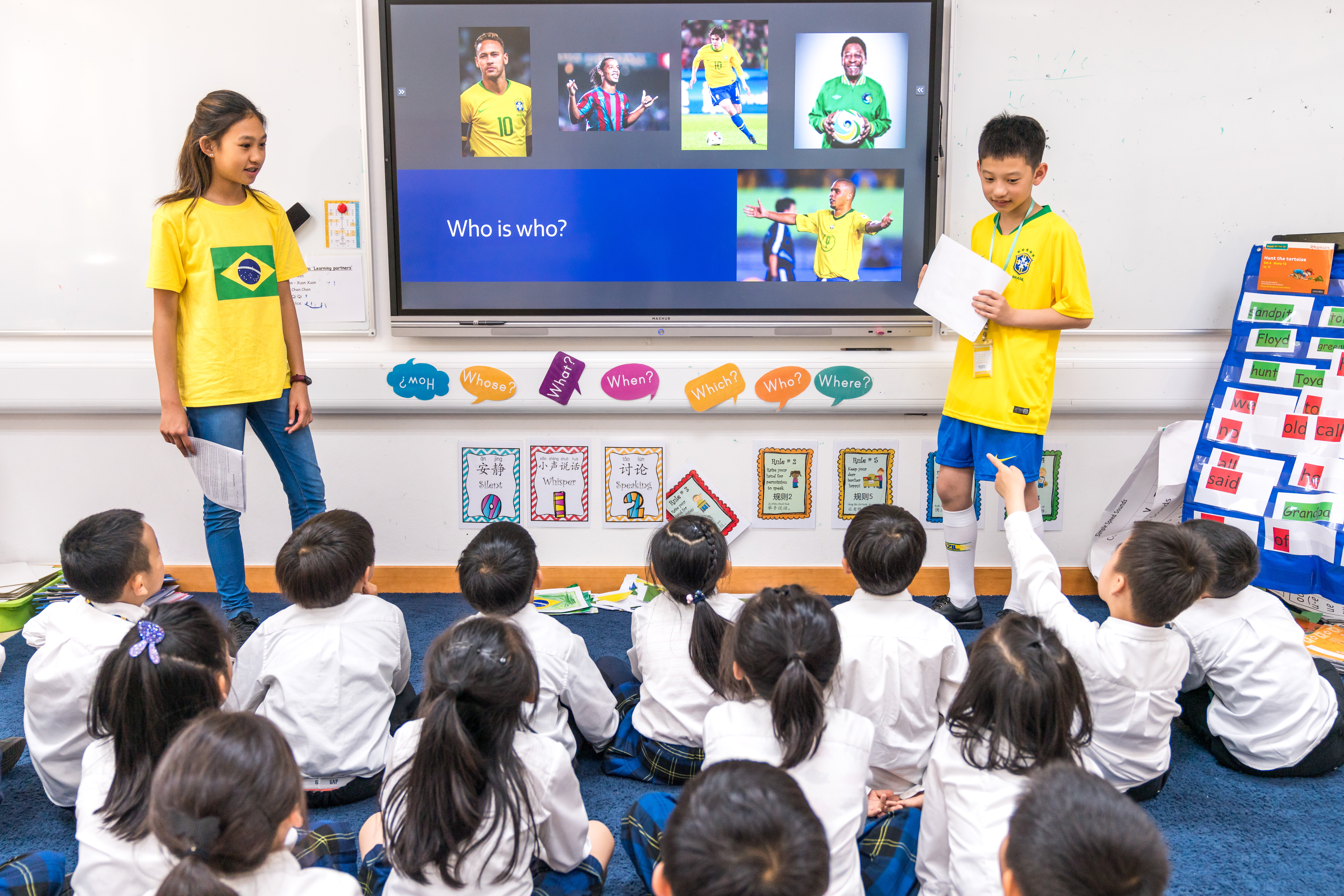
What is the difference between the terms bilingual and biliterate? Are they interchangeable?
The terms bilingualism and bilingual education appear frequently. There is a great deal of variation with regard to the meaning of these two terms. An individual who can speak two languages is usually considered bilingual. However, there is confusion when deciding the degree of proficiency a person needs to have to be bilingual. Some authorities claim that a bilingual person must have native-like fluency in both languages. Others maintain that minimal competency in two languages is sufficient to be called bilingual. Researchers give the following advice in hopes of resolving this issue: Bilingualism is not all-or-none, rather it is anindividual characteristic that may exist to varying degrees from minimumability to complete fluency in more than one language. To illustrate the difference between bilingual and biliterate, a bilingual student can speak both languages while a biliterate student can read, write and comprehend content as well as speak both languages. “ "In a good bilingual program, the children do not solely learn to speak English; they become more literate in both their native language and English. Both languages need to be valued equally."——Barbara LovejoyAuthor of ‘My Years as a Hispanic Youth Advocate and the Lessons I Have Learned' Studies suggest that children who will become fully functionally bilingual receive input in both languages from an early age. These children show a distinctive brain organisation for languages compared to children who acquire a second language later. Early acquisition of a second language helps with learning to read, and it was found that primary age school children who had acquired two languages had a reading performance similar to their monolingual counterparts. Furthermore, these children’s abilities in both languages kept growing because both typically remained important for their daily lives. According to researchers, there are several effective classroom practices that parents and teachers can use to move young bilingual children towards biliteracy. Pupils moving fluidly from one language to the next during the school day is a key element here. Also, having a bilingual vocabulary focus is important too. For example, in subjects such as science, history, geography etc. Pupils should not only learn new concepts in their second language but also there is a need to ensure they have the knowledge and understanding in their first language.

At Hiba, this approach is key and is why pupils are taught by teacher(s) who speak both languages. An example of this is when a new concept is taught. The Chinese teacher may start the sequence of lessons to assess pupils’ current knowledge and understanding about the subject and to inform future lesson planning. Details of the new concept are then taught in both Chinese and English by co-teachers, allowing pupils to ask and answer questions in both languages but at the same time developing their bilingual and biliterate abilities. Technical vocabulary is introduced to pupils in English, but they can share their previous knowledge and understanding in Chinese as well. This co-teaching model is fundamental in allowing pupils to use their first language to access previous knowledge and understanding while developing their bilingual and biliterate understanding.

Teaching using both languages at Hiba both educates pupils on the subject and also equips them with the important tools needed to make connections across both languages. The characteristics of an effective classroom to help maximise language acquisition have been identified by researchers. These are elements that Hiba teachers and pupils strive to deliver:
At Hiba, we continue to develop our bilingual/biliterate model to provide the best opportunities to all pupils. Teachers are committed to adjusting their teaching as they move forward and learn from both Chinese and Western colleagues’ teaching styles and practices. A well balanced and carefully combined curriculum enables pupils to achieve their potential in both languages. As mentioned before, pupils moving fluidly from one language to the next is an essential part of the process of becoming biliterate. During the school day there are many opportunities for Hiba pupils to do this, such as encountering different teachers teaching lessons in Chinese and/or English. They are also confident in reading and speaking both English and Chinese as they move around school in less structured situations. Classes all have two form tutors, one Chinese speaking and one English speaking, allowing pupils to practise communication in both languages and in a less formal environment. What does it mean to be bicultural? The article has so far identified what it means to be bilingual and biliterate, but at Hiba we also recognise the importance of our pupils being bicultural. If we define culture as “shared beliefs, values and behaviours of a social group”, bicultural would be a person who is part of, and understands, two different cultural groups. While having the ability to understand and deal with two languages, Hiba recognises the importance of integrating these skills with a wider cultural understanding. So, bilingual and bicultural are related. But can you have one without the other? Yes. A person can be bilingual without being bicultural, meaning they are able to deal with two languages but might not understand the importance of cultural nuances when using a second language. A language is, therefore, not just vocabulary and grammar.

At Hiba, we teach and share the significance and importance of Chinese culture. In addition, we also provide an enriching bilingual environment and a rigorous core academic curriculum that supports biculturalism through exposure to customs, traditions, and unique traits of nations and people around the world. We not only integrate biculturalism through lessons. We are supported by other areas in school such as our Hiba library which provides both Chinese and English language literature for pupils. Allowing pupils to access literature further develops their bilingual and bilateral skills, but it also allows them to explore different customs and traditions – or cultures. While one of our goals is to support pupils excel academically, we also understand the importance of providing them with an environment that develops their bilingual, biliterate and, importantly, their bicultural understanding. At Hiba, we understand that they are all closely linked. Our parent community can play a huge part in supporting our bilingual, biliterate and bicultural learning. The use of both languages beyond the school day is fundamental in supporting the success of Hiba pupils on their academic journey to becoming even more bilingual, biliterate and bicultural. As the world grows smaller, and opportunities to work anywhere increases, both Chinese and English language and cultural proficiency will be an important preparation for Hiba pupils’ future lives. References and further reading: